Saint Lucia - A stopover not to be missed!
Destination - CaribbeanHere we are in the West Indies, well below the Tropic of Cancer, nestled between Martinique to the north and Saint Vincent and the Grenadines to the south.
Our videos:
 |
 |
This area is subject to north-easterly to easterly trade winds virtually all year round, explaining why the best anchorages are usually on the west coast, as is the case of Rodney Bay, a vast sandy inlet towards the northern end of Saint Lucia. The organizers of the ARC chose this spot very early on for the finish of their first transatlantic rally. The bay is completed by a small estuary, which is home to a marina with 253 berths in all, including 32 for megayachts - maximum length: 285 feet in fact! The marina has all the facilities you’d expect and, above all, a shipyard capable of hauling large multihulls. Here, we’re in a hurricane zone from July through October, but extreme weather phenomena are statistically less frequent and less violent than further north. Many sailboats spend the summer here, securely lashed down ashore.
South of Rodney Bay, there are numerous anchorages, starting with the shelter of Castries, the capital, then the sublime hurricane hole of Marigot Bay (see video), which also has a marina. You’ll then discover the bucolic but surf-exposed anchorage of Roseau Bay (see video), Anse La Raye, Anse Cochon Beach (an exceptional dive spot), Canaries Bay (nothing to do with the song by the 80’s French rock-group Indochine, but it could have been...), Anse Chastanet and Soufriere Bay (where you can already smell the sulfur emanating from the nearby springs). Heading further south, sailing past the Pitons - the island’s two emblematic peaks - is rewarded with a magical anchorage just a stone’s throw from Sugar Beach - quite a setting! Next comes Anse l’Ivrogne, strangely quiet, then Laborie Bay and Vieux Fort. The windward coast is understandably more exposed, but Savannes Bay presents a vast lagoon open to the ocean via a few (very narrow) passes. The same applies to Micoud, except that the northern and southern passes are more open. A little further north, Praslin Bay offers a perfectly sheltered anchorage in its south-west corner, but really just for smaller craft. The same goes for Dennery Bay, except that the shelter and small harbor are to the north.
Destinations offered by
View all the destinations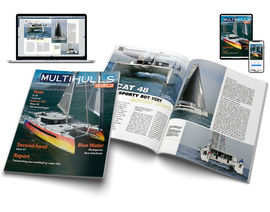
 Discover the 2025 winners!
Discover the 2025 winners! 
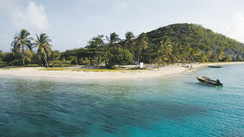
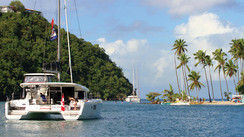
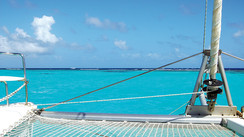
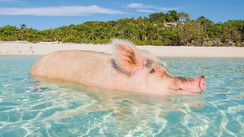
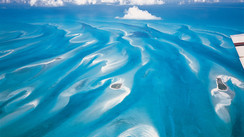
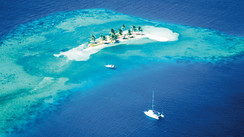







What readers think
Post a comment
No comments to show.